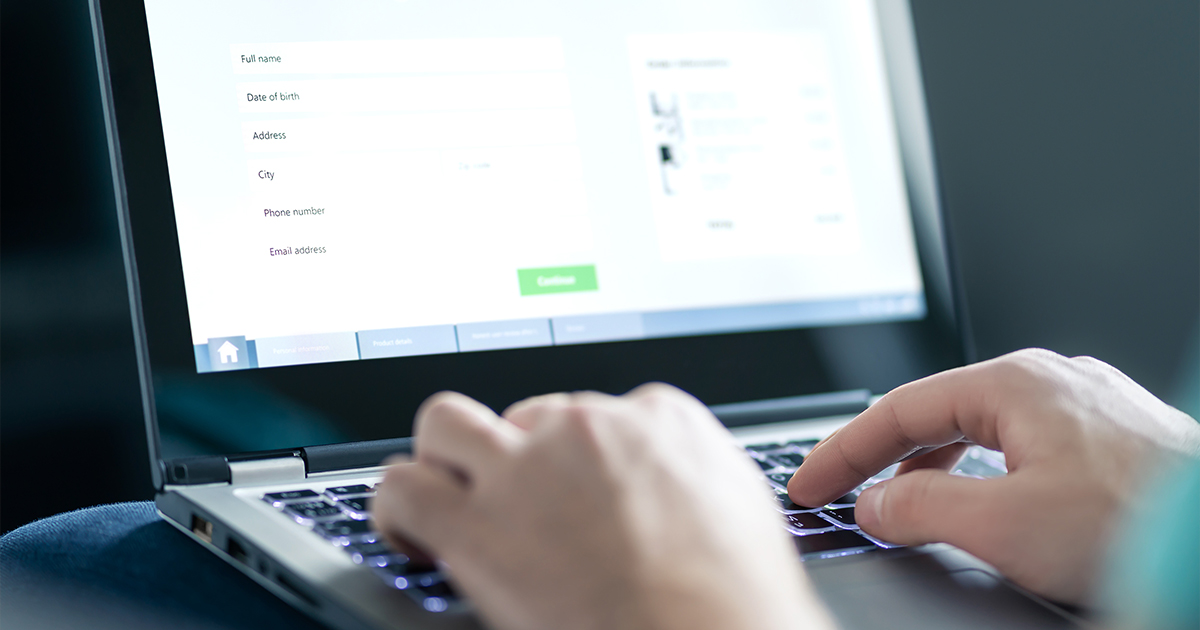Technology is changing the way we do things. We do just about everything online, from reading books to catching up with family and friends. Many people are turning to the internet to do one thing: pay their bills. With so many options available through the internet, paying bills has never been easier for the customer, especially when they can aggregate bill payments directly through their bank or other free bill pay services.
From 2000-2010, the number of households utilizing online banking increased six-fold, with 80 percent of households with internet access utilizing some form of online banking. In that time, paper checks declined from 61% of all payments to only represented only 26 percent by 2010.
While the ability to pay online is great for consumers, the process at the provider’s end may not change at all. When a customer chooses to pay through their bank or a service like Fiserv’s CheckFree, providers will still receive a paper check…and all the payment processing that goes along with it.
“Customers probably don’t realize that if they’re paying their bill through their online banking bill pay service, that the bank is actually producing a paper check,” said Randy Schroder, Senior Product Line Manager at NISC. “These paper checks that are printed by the banks or other online bill pay services generally don’t have enough information to post to the account, so there’s more manual effort to looking up that check.”
Just as technology is making it easier for customers to pay, providers can utilize an Online Bill Payment Interface solution (or OBI) to help make this payment process more efficient. With OBI, payments are made electronically directly to the provider’s account, eliminating the paper payment processing and decreasing the cash flow by as many as five days.
“Rather than having to deposit a paper check, it’s processed the same day the payment comes in,” Schroder said. “It’s a much more streamlined process. It saves the utility or telecom a lot of work having to process a paper check.”
Many times, the checks that come in from the banks do not contain correct information.
“If for some reason the customer entered the wrong account when they set up the online banking, if you’re not on (OBI), next month it’s going to come in with the wrong account again,” Schroder said. ”We have a notice of change process where they notify our group and we submit a change to that bank to correct that account number.”
NISC works with two companies to process these online payments, Mastercard RPPS and Fiserv. Mastercard handles the online banking transactions, while Fiserv hosts a free bill-consolidation website called CheckFree and has payment stations located in Wal-Mart stores and other retailers.
“When you think of Mastercard, you think of credit cards, but they process most of the online banking transactions in the world,” Schroder said. “So, the transaction is handled through Mastercard’s Remote Payment Processing Service (RPPS). The ACH goes to the utility’s bank account and a remittance file comes to NISC. Roughly half of our OBI payments come from Fiserv, and we’ll consolidate those with the Mastercard data into one file and one report for each Member.”
Payments are made directly to the provider’s account from the bank. While the payment is processed by Mastercard or Fiserv, neither of those companies nor NISC has a direct link to the payment, making sure each transaction is secure.
“We’re not in the money flow at all,” Schroder said. “It goes directly from that customer’s bank to the utility’s bank the same day.”
Adding OBI can help increase efficiency for Members that have customers that like to utilize their bank to pay their bills. One other aspect of this online billing cycle is the bill presentment. Many times, the bank only offers a payment channel, and the customer will still receive a paper bill or other notification when the billing cycle comes due.
NISC works with Fiserv to allow customers to add their bill to their bank’s website. The customer can see their amount due and other billing information at a glance with access to a scan of the full bill for the month. If the customer enables this option, paper bills are turned off, helping providers save time on processing and sending paper bills along with an average of $0.30 per bill in cost.
